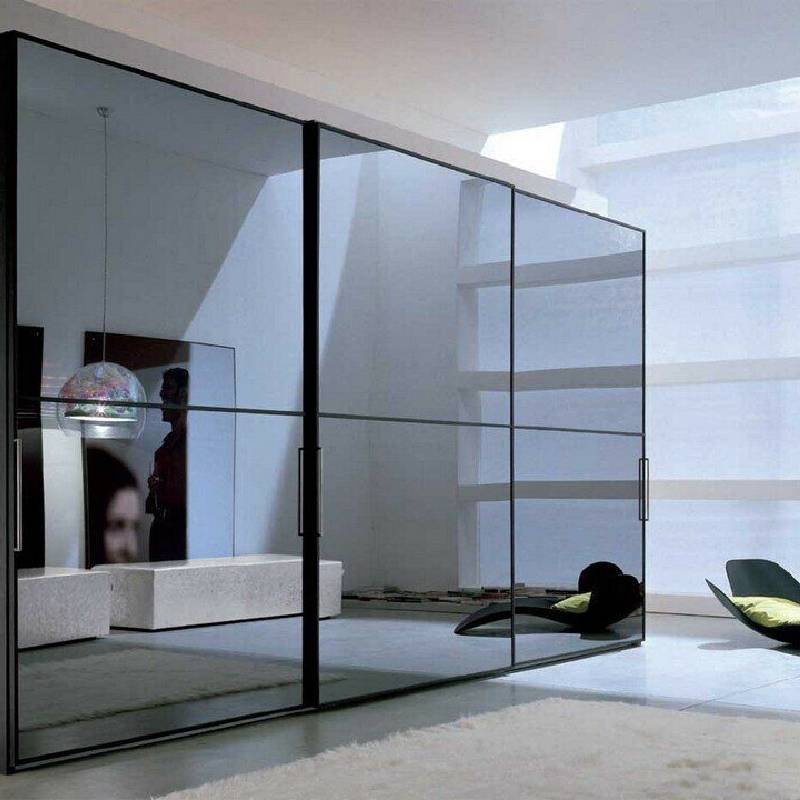

The Versatile Applications of Tempered Glass
Tempered glass, also known as toughened glass, is a type of safety glass that has been treated by controlled thermal processes to increase its strength compared to normal glass. This durable material plays an essential role in various applications, transforming industries and enhancing safety in many environments.
One of the most significant advantages of tempered glass is its impressive strength. By undergoing a heating and cooling process, tempered glass becomes five to six times stronger than standard glass. This makes it an ideal choice for structures that demand high levels of safety and durability, such as skyscrapers and commercial buildings. When used in these environments, tempered glass ensures that windows can withstand wind pressure, impacts, and thermal stresses—critical factors in urban architecture.
The Versatile Applications of Tempered Glass
Safety is another key benefit of tempered glass. In the event of breakage, tempered glass shatters into small, blunt pieces rather than sharp shards, significantly reducing the risk of injury. This characteristic makes it especially suitable for places with high foot traffic, such as shopping malls, schools, and public transportation systems. For example, many modern bus and subway stations utilize tempered glass in their design to enhance both safety and visibility without compromising on style.

The use of tempered glass extends beyond architectural applications. It has found its place in the automotive industry, where it is used for side and rear windows. The ability to withstand impacts and pressure is particularly crucial in vehicles, where safety is paramount. In the event of an accident, tempered glass minimizes the risk of injury to passengers, contributing to the overall safety of the vehicle.
Moreover, tempered glass is widely used in the electronics industry. From smartphone screens to computer monitors, this type of glass offers durability and clarity. Its scratch-resistant surface helps protect delicate electronic devices from damage, making it an integral component in the production of modern technology.
The aesthetic appeal of tempered glass cannot be overlooked either. Designers and architects often choose this material for its sleek and modern look. It can be easily customized, with options for various tints, thicknesses, and finishes. This versatility allows tempered glass to blend seamlessly into different styles, from contemporary office buildings to traditional homes.
In the realm of interior design, tempered glass is increasingly used in furniture such as tables, shelves, and even staircases. Its transparency creates an illusion of space, making small areas feel larger and more open. Additionally, the combination of tempered glass with other materials, like metal or wood, results in elegant and functional designs that cater to a wide range of tastes.
In conclusion, tempered glass is a remarkable material that has wide-ranging applications across various industries. Its strength, thermal resistance, safety features, and aesthetic versatility make it a preferred choice for architects, designers, and manufacturers alike. As technology continues to advance and design preferences evolve, the use of tempered glass is expected to expand further, solidifying its place as an essential component in modern construction and design. Whether in commercial, residential, or technological contexts, tempered glass is truly a testament to innovation and practicality.